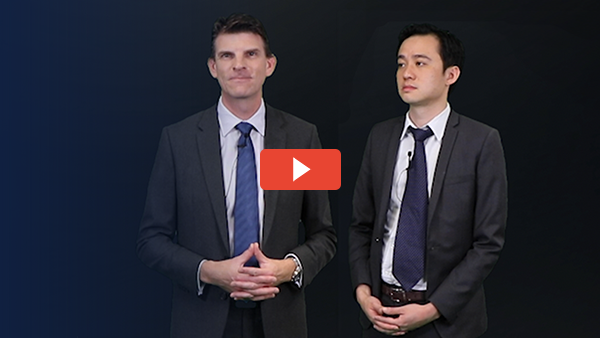Sept 2022 Round Up - Confusion over CGT and non-residents
Confusion resigns when non-residents sell property in Australia. The ATO has released new materials to clear the confusion.
Members, download the full Sept 2022 Tax Round Up (login first) from the member-only website. To see what Knowledge Shop membership offers, call the team on 1300 378 950 or take an online tour.
Inside this month Michael Carruthers (Tax Director), Matthew Tse (Tax Adviser), and Lisa Armstrong (Managing Director) bring you:
CGT basics for non-residents
The ATO has published new guidance on two of the key issues that arise when non-resident individuals are selling property located in Australia.
- Main residence exemption. From 1 July 2020, individual taxpayers cannot generally access the main residence exemption (at all) if they are classified as a non-resident when the CGT event happens. The only real exception to this is where the individual has been a non-resident for 6 years or less and can satisfy the ‘life events test’. If the main residence exemption is not available because of the recent changes in this area, then the cost base of the property should generally be based on the original purchase price.
- Taxpayers cannot apply the CGT discount to the extent that they have been classified as a non-resident or temporary resident. However, these rules look at the individual’s residency status across the ownership period rather than focusing on their residency status at the time of the CGT event. For example, if the individual has been a non-resident for part of the ownership period, then the CGT discount could still be available, but the discount percentage might be less than 50%. The method for calculating the discount percentage depends on when the asset was acquired and the individual’s residency status on 8 May 2012.
Streamlining application of section 100A integrity rules
The ATO has released new materials relating to the application of the integrity rules in section 100A that deal with income that has been appointed to a beneficiary in connection with a reimbursement agreement.
The ATO intends to remove the “blue zone” in order to streamline the guidance and plans to include some further examples of situations that would fall within the “green zone” and “red zone”. A draft versions of some additional “green zone” examples has also been released (i.e., scenarios that would be considered at low risk of attracting ATO compliance resources) that it is considering including in the final version of PCG 2022/D1. These include examples dealing with the following scenarios:
- A loss trust or company is made presently entitled to trust income and the beneficiary entity is a member of the same family group as the distributing trust. The ATO indicates that this could potentially be considered low risk if the entity receiving the distribution continues to be solvent and it receives the benefit of the income appointed to it.
- There is a time lag of no more than 2 years between when a beneficiary becomes entitled to trust income and that entitlement being satisfied.
- There is a testamentary trust that is maintained for the benefit of an individual where the trustee reinvests income to which the individual is presently entitled.
- There is a business carried on by a trust where two generations of the same family manage that business.
Pre-emptive action on profits of professional firms
The ATO is contacting individual professional practitioners who have been identified as high risk under the recently updated guidance on the allocation of professional firm profits. While the updated guidelines apply from 1 July 2022, the ATO appears to be making an advance attempt to ensure that these practitioners are aware of the new guidance and are considering changes that might need to be made to their arrangements to fall within a lower risk category.
If you have client contacted by the ATO on this issue, it would be prudent to discuss the guidance in PCG 2021/4 with them and confirm whether their existing arrangements would be treated as high risk. If the client’s existing arrangements fall within the high-risk category and the client wants to move into a lower risk category, then it will be necessary to make these changes in the 2023 income year.
Knowledge Shop members, you have access to a series of standards and tools to assist on the member-only knowledge base:
- Procedure Allocation of professional firm profits
- Workpaper Allocation of professional firm profits
- Letter Allocation of professional firm profits - high risk
- Letter Allocation of professional firm profits - low risk
- Letter Allocation of professional firm profits - moderate risk
Change is a constant for the profession. The Knowledge Shop membership can help you and your team keep ahead of change with an advisers' help desk, workpaper knowledge base, quarterly PD, and more - wherever you are and however you are working. Book in a time for a tour or call Jasmine on 1300 378 950.
Enjoy!
Share this
You May Also Like
These Related Stories

Nov 2023 Round Up - The controversial case of the taxpayer who claimed a loss on their home

June 2022 Round Up - the latest section 100A guidance


No Comments Yet
Let us know what you think